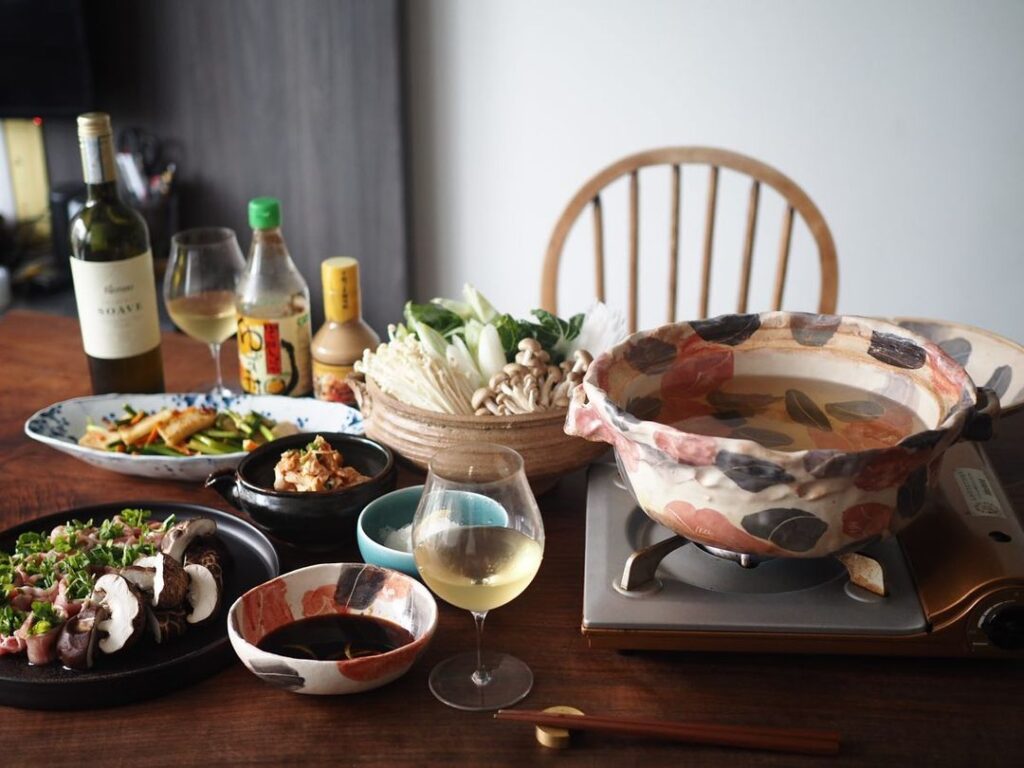
The Boy and the Heron – Ghibli’s Deepest Film Yet
This weekend, I finally watched Hayao Miyazaki’s The Boy and the Heron.
Even days later, my heart is still processing. The emotions don’t quite settle—and maybe that’s the mark of something special.
Ghibli films have long been close to my heart.
My all-time favorites? Kiki’s Delivery Service, Nausicaä, and Princess Mononoke—with a very adolescent crush on Ashitaka💛
A bit about myself: I used to be what you might call a film obsessive—over 10 films per week in my twenties, including while working at a film company. Ironically, the more I worked in the industry, the less I watched. Now I’m quite “normal” again, which I actually enjoy.
But this film…
It felt like watching a living legend offer one final piece of his soul. The art. The color. The rhythm. The imagination. The quiet messages tucked between surreal worlds. I cried not because it was sad, but because it felt like a farewell letter from Miyazaki to the world.
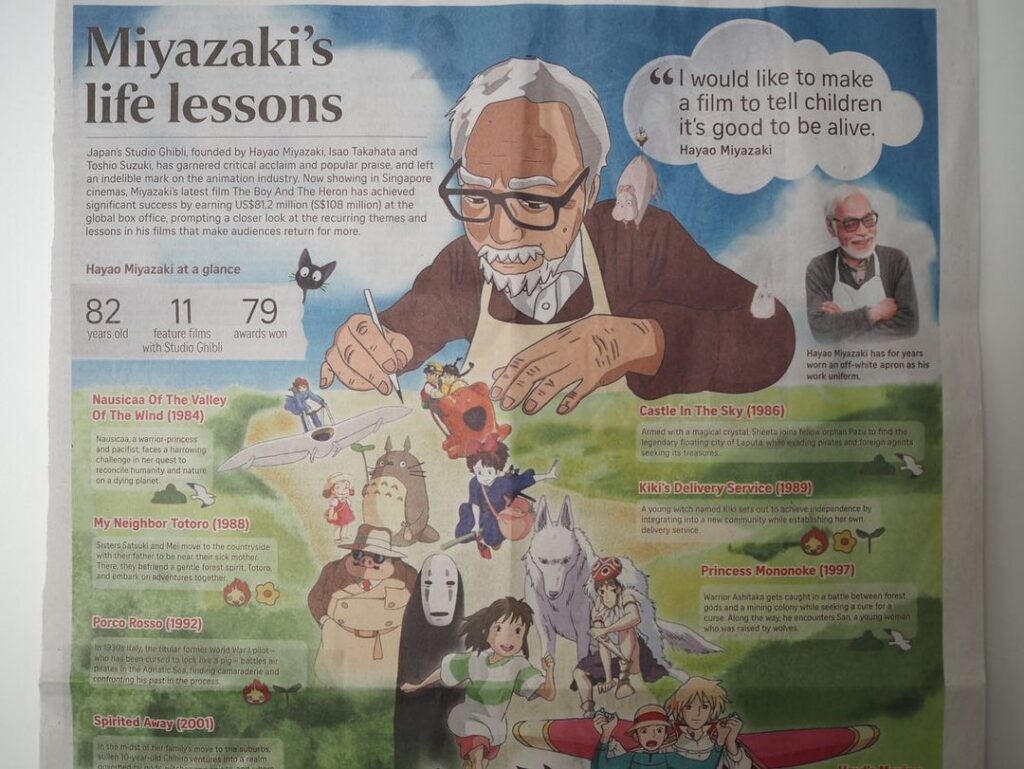
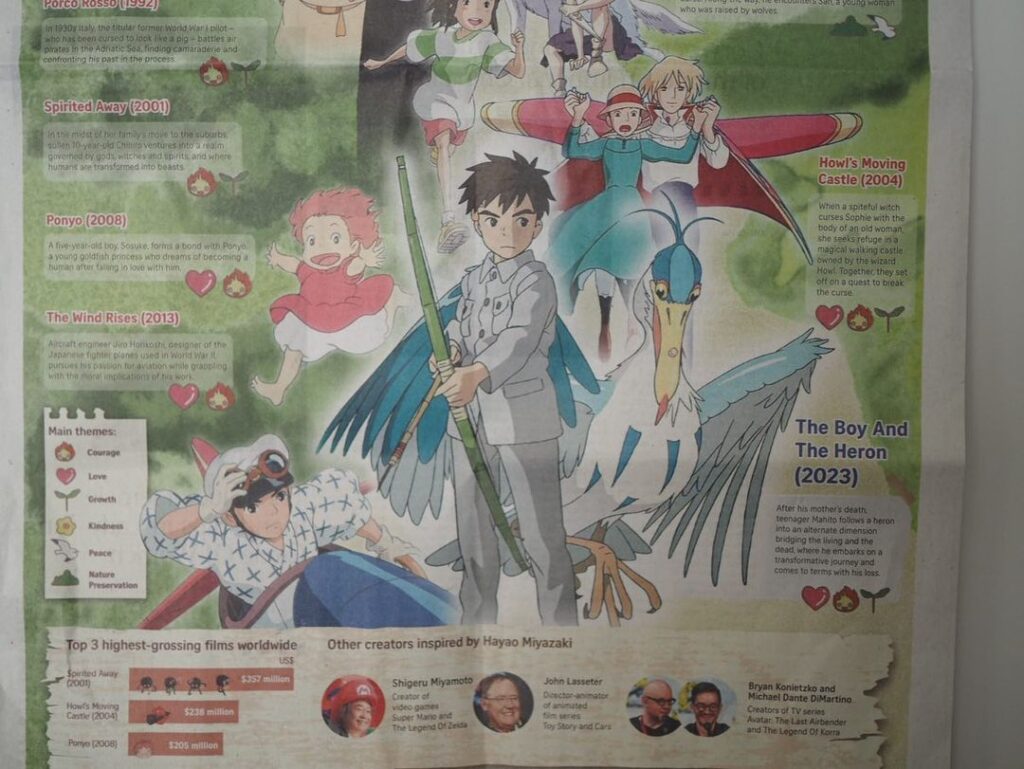
Buta Shabu Dinner – A Comfort for the Soul
After the film, I returned home craving something grounding.
No fancy food, just a quiet, warm dish: buta shabu (thinly sliced pork hot pot) with greens and ponzu.
It’s the kind of meal that requires little preparation but brings a deep calm. Watching steam rise, dipping vegetables, the tangy scent of ponzu… somehow, it felt fitting for the emotions I was still carrying from the cinema.
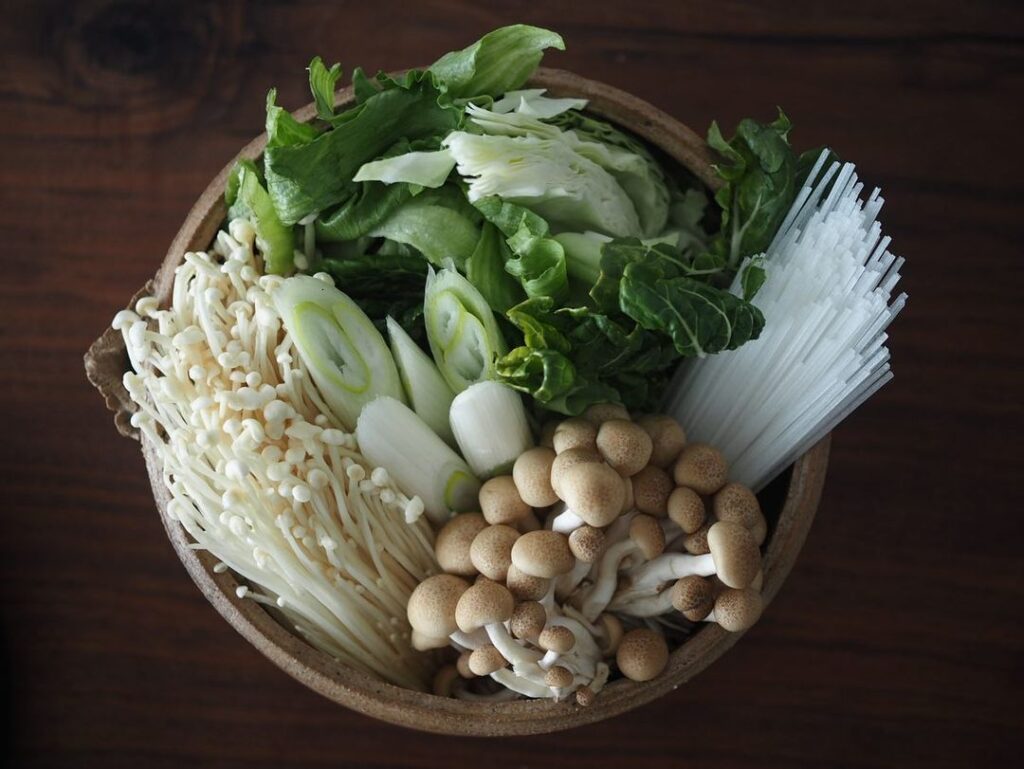
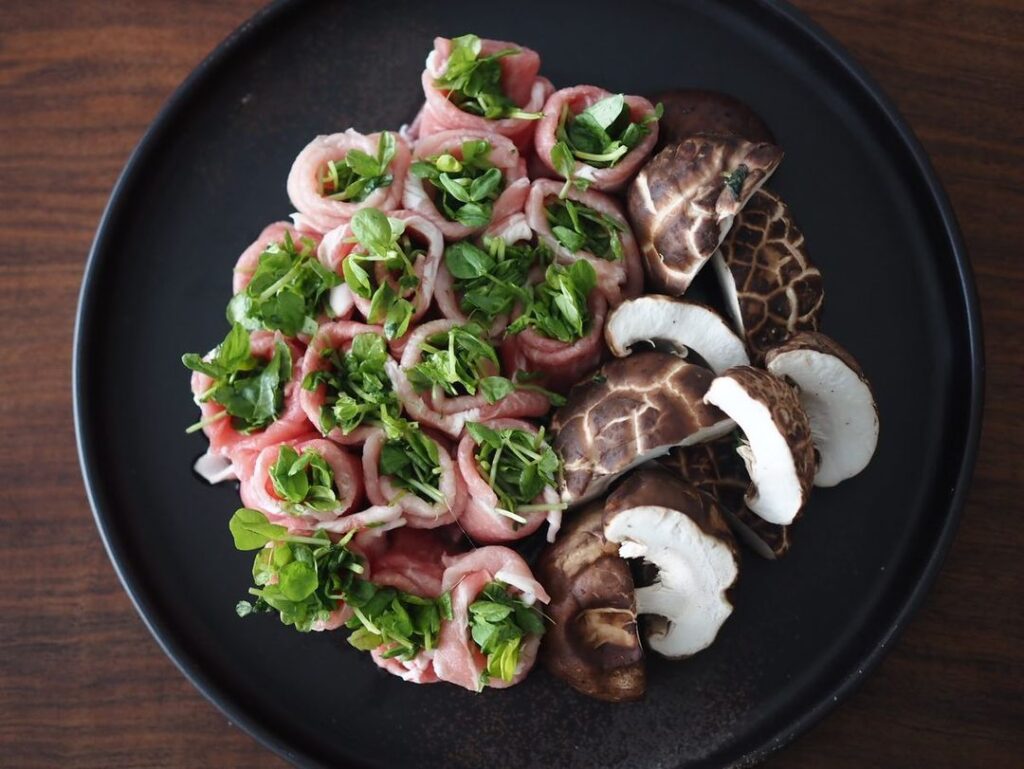
Menu: Buta shabu & Stir-fried garlic sprouts with fish cakes

Recipe of the dashi broth
For the broth, I used a simple kombu dashi (kelp stock)—clean, mineral, and deeply umami.
It’s the most gentle base, allowing the sweetness of thinly sliced pork and seasonal vegetables flavorful.
To make kombu dashi, soak a piece of dried kelp (about 10cm long) in 3–4 cups of water for 30 minutes or longer (even overnight in the fridge is ideal). Then gently bring it to a simmer. Just before it boils, remove the kelp—this prevents bitterness and keeps the broth clear clean.
You can leave it as-is for a pure shabu base, or add a bit of sake or a slice of ginger if you like a touch of warmth.
It’s a beautiful, subtle foundation that complements ponzu dipping sauce perfectly.
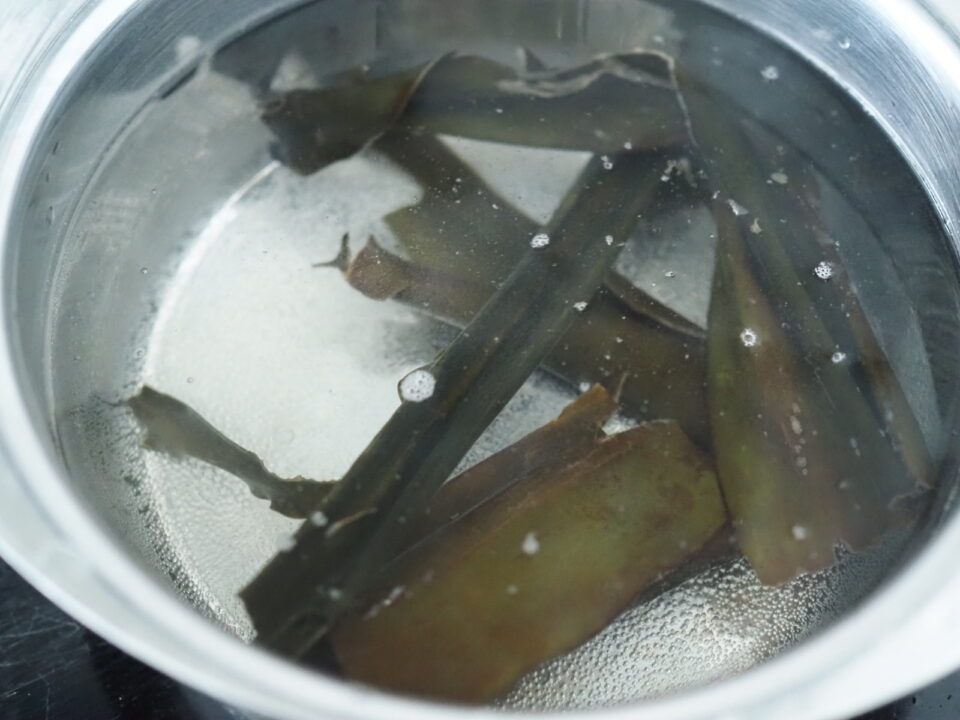
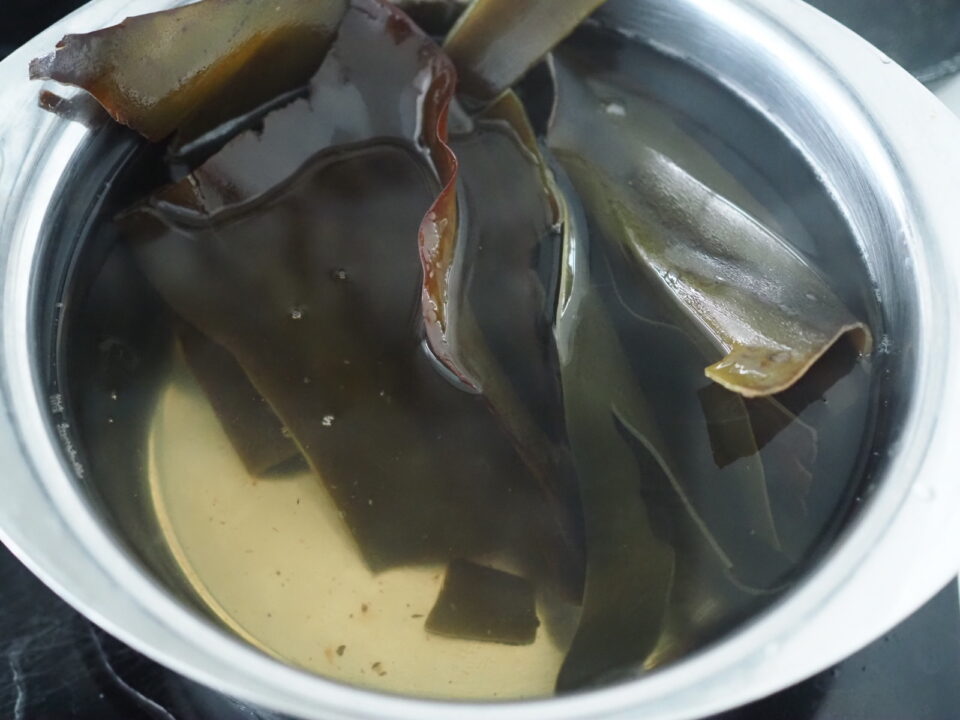
『君たちはどう生きるか』を観て、しんみり豚しゃぶを楽しむ夜
映画会社に入社し、終電まで働く日々を天職と楽しんで過ごしていた時期があります。
学生時代から洋画も邦画もアニメもなんでも大好きで、bunkamuraやシネマライズ、早稲田松竹、飯田橋ギンレイホール、どこでも入り浸っていました。
今では趣味の一つですが、宮崎駿監督の”君たちはどう生きるか”、シンガポールでの上映、見逃すわけにはいきません。
ティーザーのようなポスターしか見たことなく、作品をご覧になった方も”うーん…”というような歯切れのイマイチな感想だったので、実はあまり期待していなかったところもありました。
でも、案の定。これまでジブリのお気に入りは、魔女の宅急便・ナウシカ・もののけ姫(初恋はアシタカ🥰)だったのですが、今作が一番になりつつあります。
映画を見てこんなに美しい涙を流すのはいつぶりだろう、というくらい、浄化された気持ちです。
もし、当時のように体力があったならば、きっと10回ほど劇場に通っていたかもです。
新聞(The Straits Times)で、素晴らしいビジュアル資料を見かけ、写真に加えます。
まさに。平和という祈りは一貫しつつも、より温かくリアルな、愛と勇気と友情の物語として昇華された本作。美しく、想像がどこまでも広がっていくアニメーション自体も、過去の作品の集大成のようでした。
きっと本当に最後の作品として込められたのだろうなと感じられ、寂しさ以上に、感動に胸が熱くなります。
ちなみに、今回鑑賞したのは”The projector”(プロジェクター)という、Golden Mile Towerにある映画館です。
ラインアップが素敵で(昨年も、倍賞千恵子さん主演のPlan25(プラン25)が上映されていたり)、映画館の雰囲気や上映前のちょっとしたコマーシャルなんかも、本当にかなりイケていて、シンガポールで一番好きなスポットの一つです。
なんて、すっかり長々と恐縮ですが、心揺さぶられ、夢うつつのご飯準備でした。
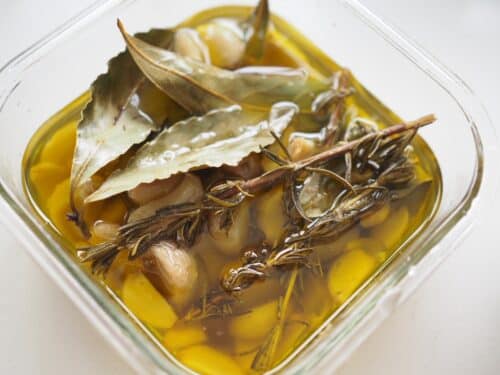
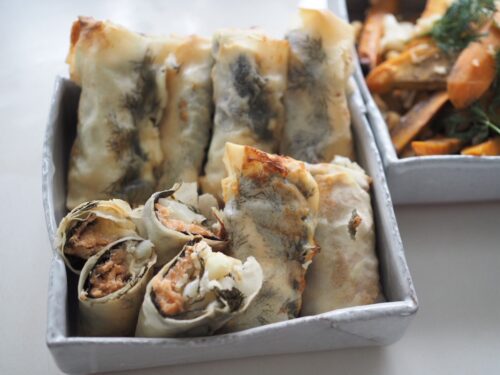
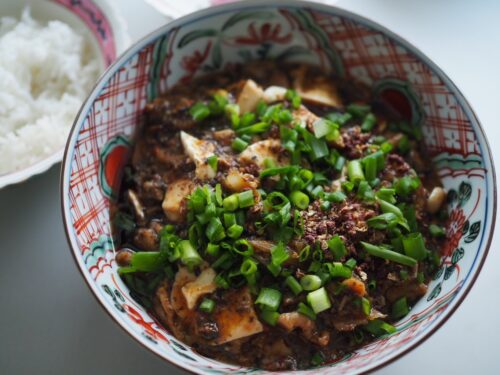
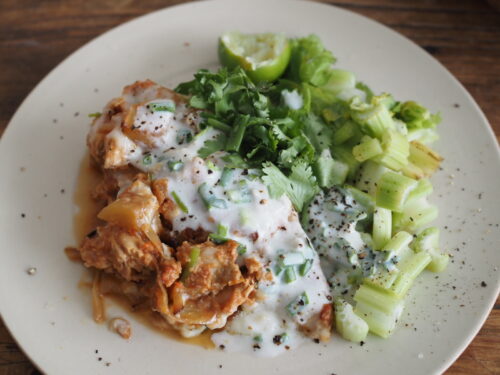

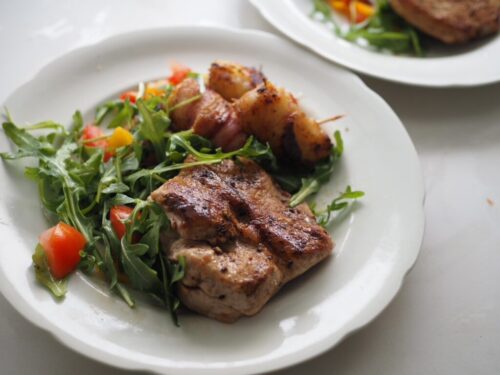

Comments
List of comments (1)
[…] た、大変おシャレ空間です。ラインアップはアジア映画にかかわらずミニシアター系が多く、定期的に通っています。ジブリの「君たちはどう生きるか」も、先日こちらで鑑賞しました。 […]